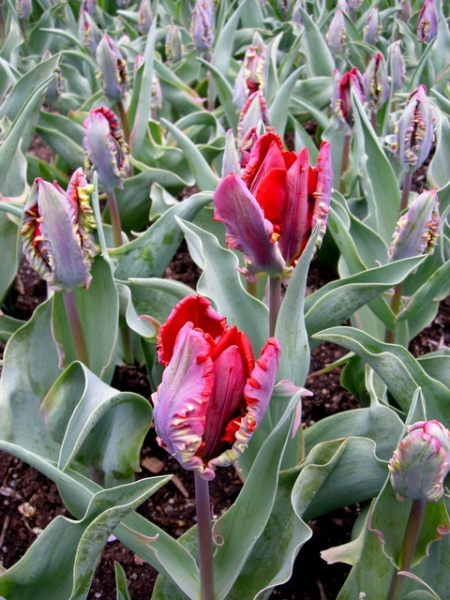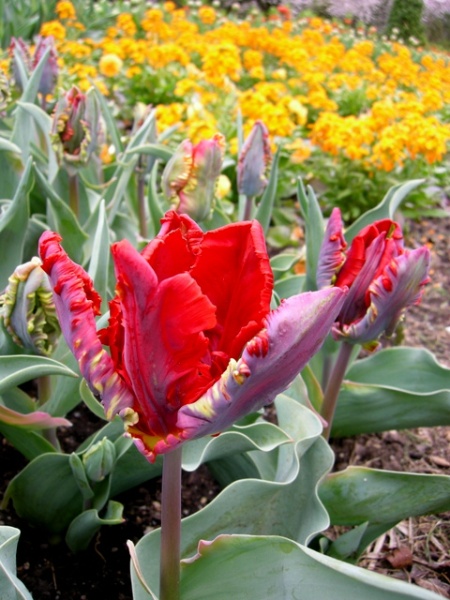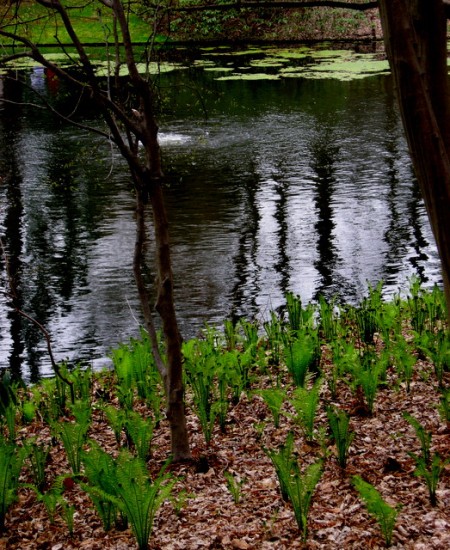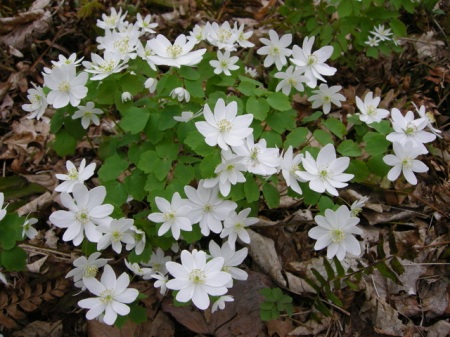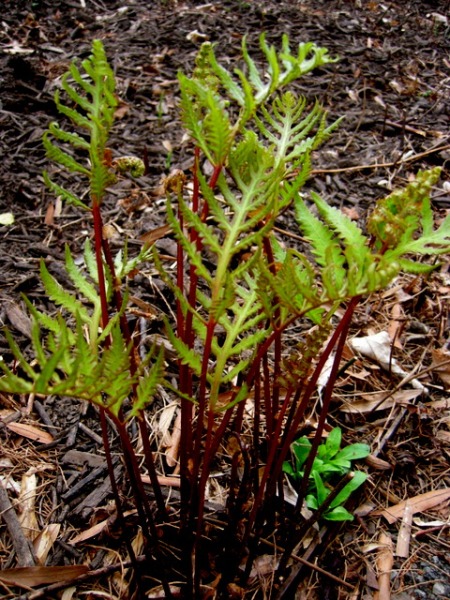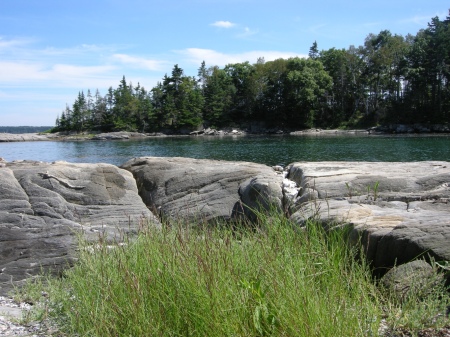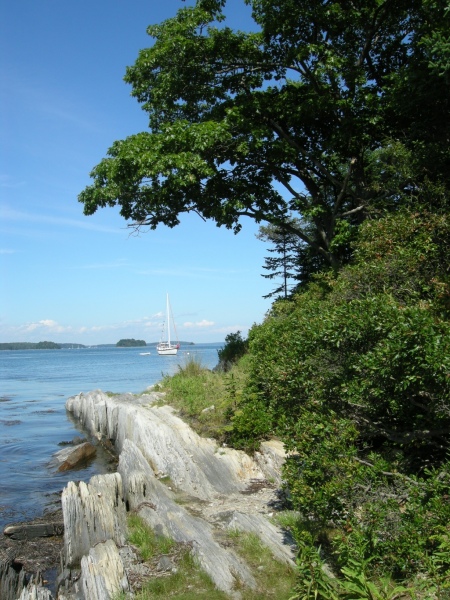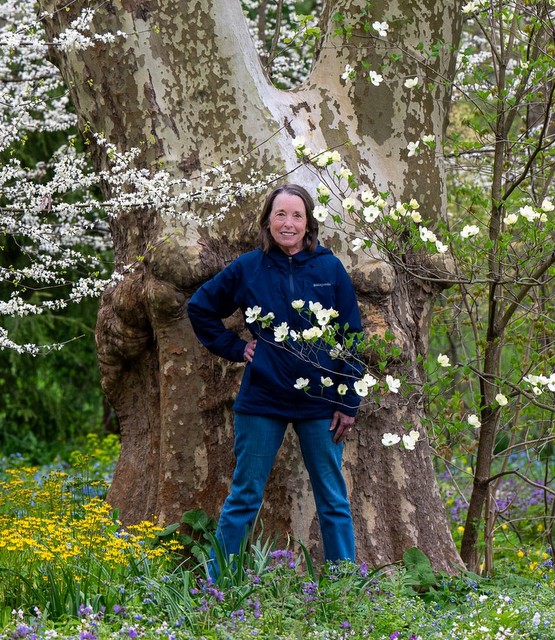More and more of our customers are becoming interested in native plants, which we have been promoting since we opened our nursery in 1992. If you would like to know more about why growing native plants is important to our survival, click here. Now there is a design book, Native Plants for Small Yards by Kate Brandeis, that can help you seamlessly incorporate native plants into your landscape.
I am dedicating this post to doctors, nurses, and other health care workers all over the country who are still caring for very ill COVID-19 patients while the rest of us think about reopening. This crisis has taken a terrible toll on them as shown in this excellent article in the Philadelphia Inquirer where three doctors discuss how they cope. We owe it to them to continue to be careful and not spread the virus.
Nursery News: Carolyn’s Shade Gardens is a retail nursery located in Bryn Mawr, PA, specializing in showy, colorful, and unusual plants for shade. The only plants that we ship are snowdrops within the US. For catalogues and announcements of local events, please send your full name, mailing address, and cell number to carolyn@carolynsshadegardens.com and indicate whether you are interested in snowdrops. Click here to get to the home page of our website for catalogues and information about our nursery and to subscribe to our blog.
. Each design in the book begins with a rendering of what the garden will look like, here a back patio garden
Each design in the book begins with a rendering of what the garden will look like, here a back patio garden
The author begins by explaining why native plants are important and her purpose in writing the book: introducing readers to the beautiful native plants that are suitable for small, residential landscapes. Brandeis wants to dispel the notion that native plants are messy, hard to manage, and do not fit in with suburban neighborhoods. She then gives some general design advice and explains how to use the nine design templates in the book.
Designs are provided for the following areas frequently found in small yards: corner gardens, mailbox plantings, water features, containers, downspout areas, rock walls, front porches, sidewalk strips, and back patios.
.
 A schematic drawing, plant list, and photos are provided for each design.
A schematic drawing, plant list, and photos are provided for each design.
Each of the nine suggested designs is rendered in a schematic drawing, which is clearly labeled to show plant placement and the number of plants needed per square foot. Next to the design is a list separating the plants by height and color coordinated with the design.
.
 Alternate plant lists for varying cultural conditions are also provided.
Alternate plant lists for varying cultural conditions are also provided.
The plants used in each schematic drawing are chosen for the conditions listed above the plan. For example, the back patio design is for drier conditions and more shade. However, on a third page for each design, the author provides alternate plant lists for varying conditions, also color coded for height and to show where they go on the plan. For the back patio design, there are plant lists for drier areas with more sun, wetter areas with more shade, and wetter areas with more sun. At the end of the design section, Brandeis explains how to install and maintain the gardens.
.
 There are four pages of full color drawings of invasive plants.
There are four pages of full color drawings of invasive plants.
Even if you do not use the designs, the book is worth purchasing just for the resources in the back. Appendix A features drawings of the 17 most common weeds, all of which we seem to have in our garden. Appendix B has renderings of 13 invasive plants to be avoided.
.
 The book includes an extensive table of Native Plants for Small Spaces.
The book includes an extensive table of Native Plants for Small Spaces.
There is a 13-page Native Plant Table, listing native shrubs, vines, perennials, and grasses for various light and soil conditions. The table shows the scientific and common names, height, width, color, bloom time, and use in design for each plant as well as the plant’s light and moisture requirements and tolerance for deer, rabbits, heavy shade, drought, clay soil, black walnuts, etc. Finally, Brandeis profiles ten small trees suitable for residential landscapes.
If you wish to purchase this valuable and informative guide, it is available from the Lehigh Gap Nature Center located in Slatington, Pennsylvania. It is a great time to support this nature center (and all nonprofits) as they have been closed down by COVID-19. The book costs $10 plus postage and is available by emailing mail@lgnc.org. It makes a great gift for all your gardening friends and relatives.
* * * * *
Our woodland garden, which is filled predominantly with native plants, is in full bloom right now. If you would like to see a video of our woodland in bloom, there is one on our Facebook page here, just scroll down past upcoming events to videos.
.
Blogs are a lot more fun for everyone, especially the writer, when readers leave comments. Scroll down to the end of the page to the box where it says “Leave a Reply” and start typing—-it’s easy!
Carolyn
.Notes: Every word that appears in orange on my blog is a link that you can click for more information. If you want to return to my blog’s homepage to access the sidebar information (catalogues, previous articles, etc.) or to subscribe to my blog, just click here.









